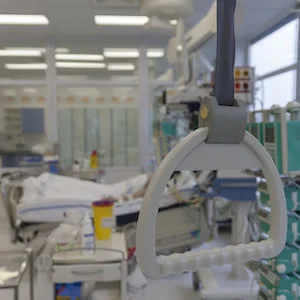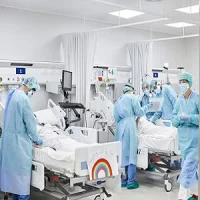Coronavirus disease is still fairly new for clinicians who are constantly searching for therapies for patients with respiratory failure from COVID-19. Early implementation of prone positioning ventilation has been shown to improve survival in patients with ARDS. However, data on the effect of probing on survival in patients with COVID-19 is still scarce.
The American Thoracic Society, European Society of Intensive Care Medicine (ESICM) and Society of Critical Care Medicine (SCC) in 2017 recommended prone positioning ventilation in patients with severe ARDS. However, despite these recommendations, the use of proning still remains low in intubated patients with moderate to severe hypoxaemia. This is mainly due to concerns regarding haemodynamic instability and limitations of resources, staff and education. Nevertheless, proning has been proposed as a key component in the management of patients with COVID-19 ARDS.
This study was conducted to estimate the effect of early proning initiation on survival in patients with COVID-19 related respiratory failure. Researchers used data from the Study of the Treatment and Outcomes in Critically Ill Patients with COVID-19 (STOP-COVID) to emulate a hypothetical trial where patients either receive or not receive prone positioning ventilation.
Two thousand, three hundred and thirty-eight patients who had moderate to severe hypoxaemia within the first two days of ICU admission while receiving invasive mechanical ventilation were included in the study. Researchers compared proning initiation versus no initiation in the two days following admission. The primary outcome was time to in-hospital death.
30% of the study patients were proned within the first two days of ICU admission, with 58% initiated on day 1 and 42% initiated on day 2. 19.5% were initiated on proning later in the course of their ICU stay. 43.5% of the patients were discharged alive, while 47.1% died. 9.4% of patients were still hospitalised at last follow-up. Patients who were prone within the first two days of admission had a lower risk of death than non-prone patients.
Findings from the study show that in-hospital mortality was lower in mechanically ventilated hypoxaemic patients with COVID-19 treated with early proning compared with patients whose treatment did not include early proning.
Source: Critical Care Medicine
Image Credit: iStock










